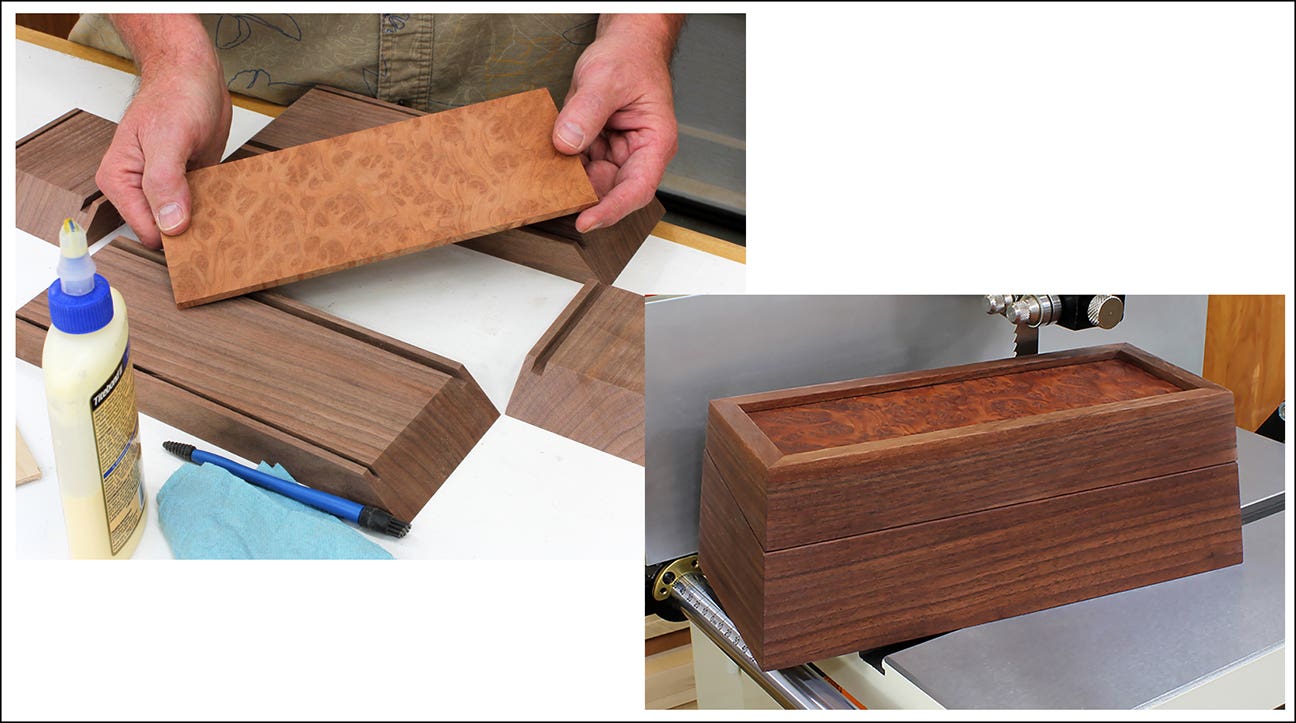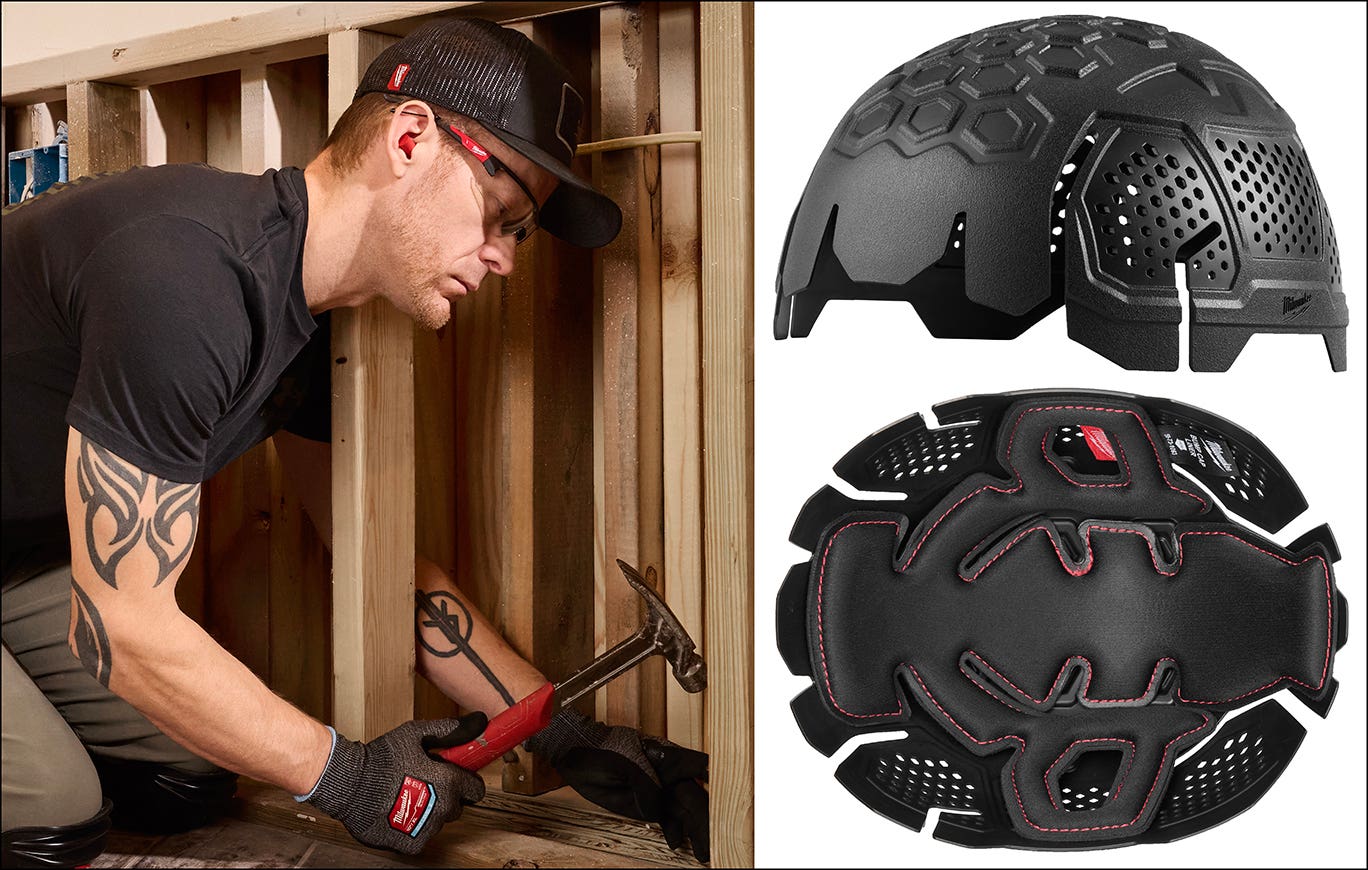Shaper Origin is a giant leap in CNC router technology
Installation of a three-axis CNC router for panel processing is, obviously, a significant capital investment. But other challenges remain, such as space and electrical requirements; dust collection and compressor upgrades;…
Installation of a three-axis CNC router for panel processing is, obviously, a significant capital investment. But other challenges remain, such as space and electrical requirements; dust collection and compressor upgrades; software buying decisions and employee training. There are other considerations, but this list is enough to scare off many small-shop owners.
But digital technology is ripe with innovation, especially for shops that are cutting sheet goods with traditional machinery and want CNC for value-added details in their cabinets and furniture. The latest is the Shaper Origin, a hand-held CNC machine from Shaper Tools that’s about the size of the Porter-Cable 7518 Speedmatic production router.
The Shaper Origin uses a small trim router, controlled by stepper motors and smartphone apps that receive design files and translate them into cutting instructions. The magic happens with the signal-positioning information used to orient the Shaper Origin to the workpiece.
In a bit more detail, the Shaper Origin is a three-axis CNC router whose large movements across the workpiece are done by the operator. The cutting pattern the operator is working from is displayed on the on-board touch screen of the Shaper Origin rather than on the workpiece. The operator makes these larger movements just like if he were routing from a pattern cut with a band saw and smoothing with an oscillating sander. But instead of carefully keeping the bearing of the pattern bit tight against the pattern, the operator watches the pattern on Shaper Origin’s on-board touch screen for movement directions. The stepper motors inside the Shaper Origin make tiny correcting movements so the router bit follows the cutting pattern in the on-board computer’s memory. This is all possible with a camera on the Shaper Origin that reads special marking tape applied to the workpiece.
But before the cutting can take place, the shape of the object to be cut has to be drawn. The shape, or cutting pattern, can be entered into the Shaper Origin three ways:
First, a cutting pattern can be drawn in a CAD program that exports a Design Exchange File (DXF). The Shaper Origin translates DFX to a Scalable Vector Graphic (SVG) file for the cutting pattern. SVG files are not common to the woodworking industry, but they are compatible with the popular commercial programs CorelDraw and Adobe Illustrator and the open source OpenOffice Draw and Inkscape programs.
The second way is to use the Shaper Origin’s internal processor and touch-screen control. Currently, the design options are limited to simple geometric shapes such as squares and circles, which are used quite often in cabinet and furniture making.
The last method, using the machine’s Pen Tool, makes it possible to trace a physical drawing. The current model will only trace straight lines but, again, that’s sufficient for many woodworking designs.
The Shaper Origin has a USB port and WiFi connection for importing SVG files. The cutting patterns can be modified after they are downloaded to the Shaper Origin, using the machine’s onboard cutter offset capabilities. For example, if the parts don’t fit precisely for one reason or another, the original cut path can be fine-tuned to shave off as little as .001”.
But there’s a catch. The Shaper Origin is not in production yet.
The manufacturer is currently taking orders at a significantly reduced price with a projected delivery date of September 2017. The design of the machine could change between now and then, and customers can opt out with a full refund.
The digital fabrication community has some concerns with the Shaper Origin. It’s not a high production tool, for starters. Its cutting speed pales in comparison to a fixed-base machine. And, as with most hand-held tools, the operator’s skill, quality of tooling, material choice and design complexity are factors in how it performs.
The Shaper Origin is suited for one-offs and short production runs. It can also be used to make prototypes and for projects that won’t tie up a fixed-base machine. Both are appealing options for larger shops.
This article originally appeared in the November 2016 issue.







